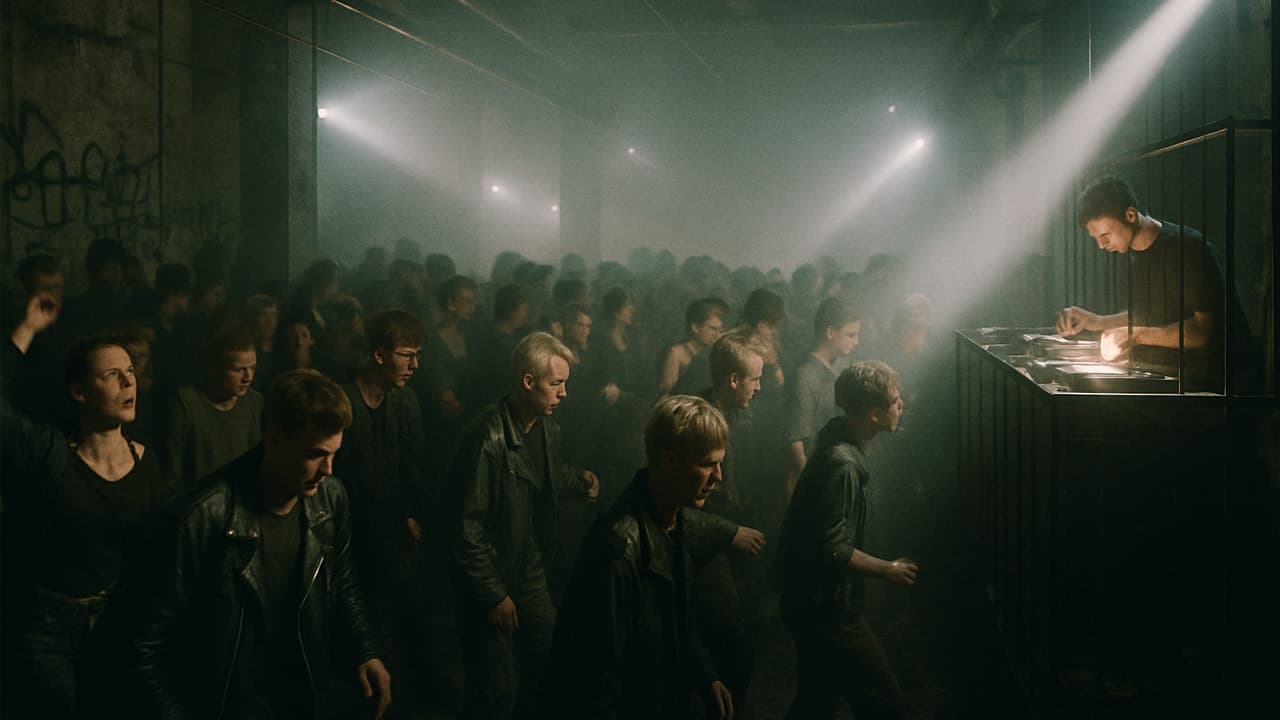Berlin and Electronic Music: From the Berlin Wall to the Techno Empire

August 6 2025
Electronic music wouldn't be what it is today without Germany. Its contribution isn't just musical—it's cultural, political, and revolutionary. From the experimental sounds of Kraftwerk to the massive raves of the Love Parade, Germany has shaped global electronic music in profound ways.
A Divided Nation, A United Sound
After World War II, Germany was divided into East and West. Berlin, split in two by the Berlin Wall, became a symbol of division. But in the underground clubs of West Berlin, electronic sounds began to emerge as a form of escape and expression.
Kraftwerk: The Electronic Pioneers
In the early 1970s, Düsseldorf-based Kraftwerk began experimenting with synthesizers and drum machines. Their minimalist, futuristic sound laid the foundation for genres like techno, electro, and house. Tracks like Autobahn and The Man-Machine became worldwide hits and influenced generations of producers.
Techno and the Fall of the Wall
When the Berlin Wall fell in 1989, a wave of freedom swept through the city. Abandoned buildings, factories, and bunkers in East Berlin became improvised clubs where DJs played nonstop electronic music. This was the birth of the Berlin techno scene as we know it today.
The Birth of the Love Parade
Just months before the fall of the Wall, on July 1, 1989, two young artists—Matthias Roeingh (aka Dr. Motte) and Danielle de Picciotto—organized a small street demonstration in Berlin. The idea was simple: "peace, love, and music." They brought speakers and turntables to Kurfürstendamm avenue, and what started with about 150 people quickly grew over the years.
By the mid and late 1990s, the Love Parade had become a cultural phenomenon, attracting hundreds of thousands, and eventually millions of people to Berlin. At its peak, it became one of the largest dance music festivals in the world, promoting peace, unity, and electronic beats in the heart of the German capital.
The Love Parade was often compared to Mexico City’s Ángel de la Independencia, as it took place around the Victory Column (Siegessäule)—a Berlin monument surrounded by massive crowds and speakers.
Love Parade Berlin Documentary by Deutsche Welle
Tragedy and the End
Sadly, in 2010, during the revival of the Love Parade in Duisburg, a terrible tragedy occurred. Due to overcrowding in a tunnel entrance, 21 people lost their lives and over 500 were injured in a stampede. The disaster led to the permanent cancellation of the event. Organizers and fans alike mourned not just the victims, but the loss of one of the most iconic celebrations of electronic music.
Berlin: The New Capital of Techno
Despite the end of the Love Parade, Berlin has remained a global capital of electronic music. Clubs like Berghain, Sisyphos, and Tresor have become legendary, attracting DJs and dancers from every continent. The city’s open, inclusive, and underground spirit continues to inspire a new generation of artists.
Sources
- Love Parade: The History - Deutsche Welle
- Kraftwerk Biography - Encyclopedia Britannica
- Danielle de Picciotto on the Love Parade
- 2010 Love Parade Tragedy - BBC News
- Berlin Techno Scene Post-1989 - Resident Advisor